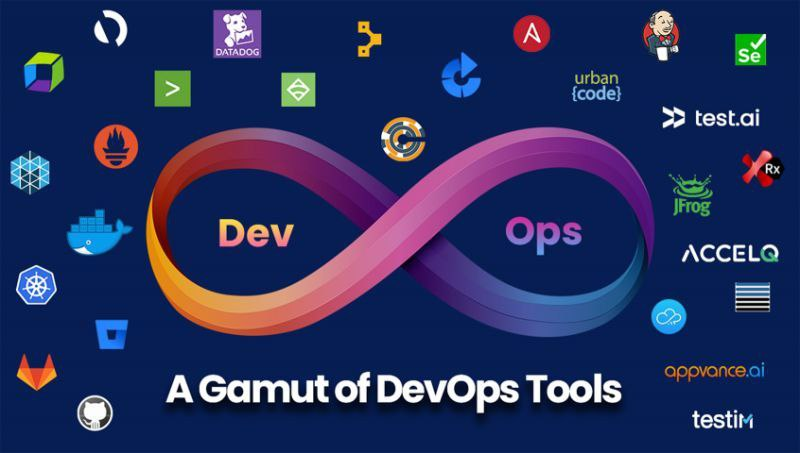In the fast-paced world of software development, the difference between a successful product launch and a disastrous one often hinges on preparation. Imagine a theater production: no director would debut a play without a dress rehearsal. Similarly, no software team should release an application without testing it in a staging environment. Staging builds act as the final checkpoint before software reaches end-users, offering a controlled space to catch bugs, validate performance, and ensure alignment with business goals.
This guide dives deep into staging builds, explaining their role in the software development lifecycle (SDLC), best practices for implementation, and tools to streamline the process. Whether you’re a developer, QA engineer, or product manager, you’ll learn how staging builds mitigate risks, enhance quality, and pave the way for seamless deployments.
What is a Staging Build?
A staging build is a version of your application deployed to a staging environment—a near-identical replica of the production environment. This environment serves as a testing ground where teams validate functionality, performance, and security before releasing the software to users. Unlike development or testing environments, staging mirrors production in terms of infrastructure, configurations, and data, ensuring that any issues discovered are relevant to real-world conditions.
Read more »Labels: The Ultimate Guide to Staging Builds: Ensuring Flawless Software Releases




